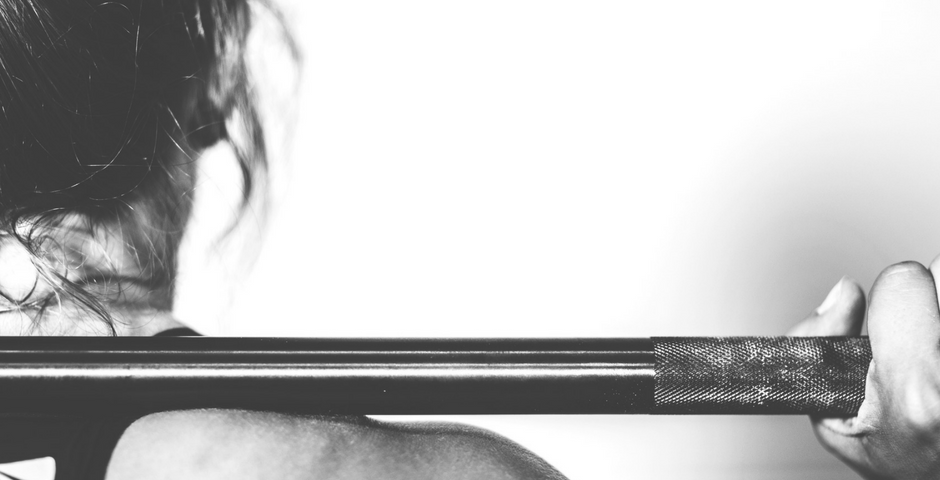
Self Talk and the Art of Losing Weight
May 28, 2018
Need a nutrition boost?
May 30, 2018It would seem logical to assume that the more exercise we do, the stronger and fitter we get. This can be quite offputting, especially if you simply don’t love exercise. The idea of doing hours and hours of physical activity every day – like you see on weight loss TV shows – probably does inspire you to run… in the opposite direction to the gym that is.
So how can we gain fantastic improvements in our fitness without spending hours on a treadmill? It turns out that your family doctor might be all the inspiration you need.
An effective dose
If your doctor was to prescribe you medicine, they would take into account the minimum dose that was required to result in the desired effect. A dose that is too high could result in unwanted side effects or even health problems.
It would also be more expensive and the cost might be more than you can afford. On the other hand, they also don’t want to prescribe a dose that is too low to be effective just because it would be more budget friendly to do so.
There has to be a delicate balance where there is some cost to the individual- whether this is the physical price paid, the burden of remembering to take the medication every day, experiencing discomfort from minor side effects – but this is worthwhile because the medicine is effective in treating the problem.
In the same way, working out may come at a cost- time, energy, money, comfort – but the improvements to fitness and health are significant. The dose needs to be right in order to produce the most benefit for the least cost… the minimum effective dose.
Anything more may work against you
When you exercise, what is in fact occurring is that you are putting stress on your muscles, joints, and bones. This stress causes microscopic damage which then needs to be repaired. But your body is clever, instead of just repairing things so that you go back to the same level of strength and fitness as before, instead, your muscles grow, get stronger, faster, more efficient.
This can only happen however if you allow enough time for recovery in between exercise sessions. Stressing your muscles before they have had time to properly repair means that more damage is caused on top of existing damage. This is known as the overtraining effect. Your fitness will, in fact, decrease if you workout too often.
So what is a good minimum?
Leave 48 hours in between resistance (weight bearing) exercises. For the biggest gains in the shortest time choose 8 exercises that work out multiple muscle groups at once and complete 10-12 reps. If you could easily do more than that, it’s time to increase the resistance.
10 pushups too easy? Put your feet up on an elevated platform.
10 burpees a piece of cake? Add in ankle and wrist weight straps.
10 kettlebell swings no challenge? Swap it for a higher weight.
The important part is that you work at your fitness level. You might find that simply getting through 10 wall pushups is as much as you can manage. That’s completely fine. Next month you can try and step it up a notch.
The important part is that you work towards constantly improving your fitness over time, in the time you have, using exercises that are effective in a short amount of time. For even more health benefits work towards including cardio such as walking, cycling, or swimming 2 x 15 mins most days of the week.
Not only will you feel great, but these are positive changes that are easy to fit into even the busiest of lives. So where can you find a spare 8-15 minutes today?





